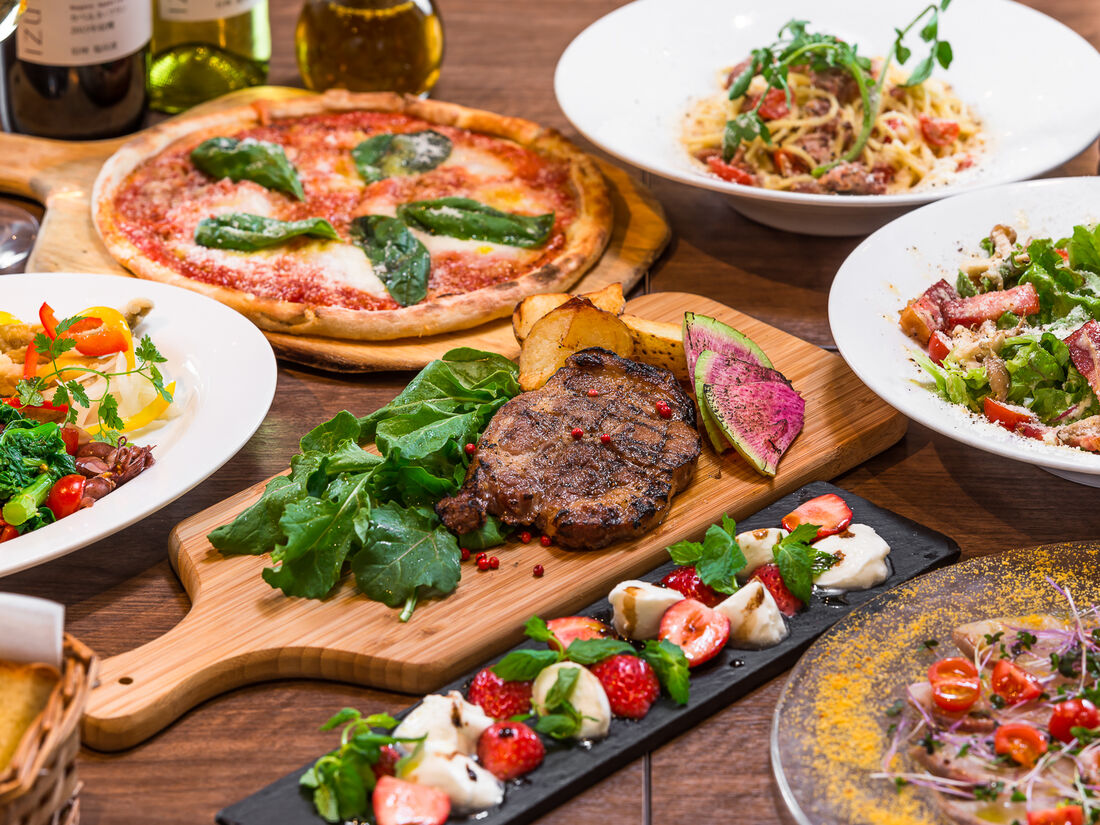While the world knows Italy for its pasta, pizza, and gelato, there exists a hidden realm of confectionery magic that emerges during the autumn season. These aren’t your typical Halloween candies wrapped in plastic and distributed by corporations. Instead, they represent centuries-old traditions that have survived in small villages, family kitchens, and regional celebrations across the Italian peninsula. These treats carry stories of ancient rituals, seasonal harvests, and the mystical connection between food and the supernatural that Italians have preserved through generations.
Whispers from Ancient Kitchens
Deep in the mountains of Abruzzo, grandmothers still craft “Ossa dei Morti” – bones of the dead – delicate almond cookies shaped like human bones and dusted with powdered sugar. These aren’t mere Halloween decorations but sacred offerings that connect the living with their ancestors. The preparation begins weeks before November first, when families gather to grind almonds by hand, a meditative process that honors those who have passed. The cookies are deliberately shaped to resemble femurs, ribs, and skulls, each one carefully molded by fingers that have performed this ritual for decades.
The tradition extends beyond simple cookie-making. In Sicily, bakers create “Pupi di Zucchero” – sugar puppets that represent the souls of the departed. These aren’t the cartoon ghosts of American Halloween but sophisticated sugar sculptures painted with natural dyes extracted from beets, saffron, and charcoal. Children receive these figures as gifts, learning to see death not as something frightening but as a natural transition worthy of artistic celebration. The craftsmanship required to create these edible sculptures takes years to master, with techniques passed down through apprenticeships that begin in childhood.
Harvest Moon Confections
October’s full moon triggers a frenzy of activity in Italian households where ancient recipes emerge from handwritten notebooks yellow with age. “Mostaccioli” appears in kitchens across Campania, but not the simple honey cookies most people know. These are complex creations infused with grape must, the partially fermented juice that captures the essence of the harvest season. The cookies are shaped like pumpkins, bats, and crescent moons, then glazed with a mysterious black coating made from carob and molasses that gives them an otherworldly appearance.
In the northern regions, “Fave dei Morti” – beans of the dead – dominate November preparations. These aren’t actual beans but marzipan confections colored to look like fava beans, traditionally left on doorsteps for wandering souls. The creation process involves ancient techniques for working with almonds, sugar, and egg whites, producing treats that are simultaneously sweet and slightly bitter, representing the duality of life and death. Master confectioners guard their recipes jealously, adding secret ingredients like ground orange peel aged in wine barrels or honey harvested from specific mountain slopes.
Shadow Realm Sweets
The island of Sardinia produces perhaps the most enigmatic Halloween treat of all – “Papassini.” These wine-soaked cookies contain mysterious ingredients that vary by family, creating flavors that seem to shift on the tongue. Some versions include rose petals dried under specific moon phases, while others incorporate herbs gathered from ancient burial grounds. The cookies are traditionally made in the shape of spirals, representing the cyclical nature of life and death, and are often buried in flour for several days before consumption to allow the flavors to develop what locals call “the taste of earth.”
Italian restaurants with private dining rooms have begun incorporating these traditional treats into exclusive Halloween experiences, creating intimate spaces where guests can encounter these mystical confections while learning about their cultural significance. These venues transform their private spaces into atmospheric settings where ancient recipes come alive, offering patrons a chance to taste history while surrounded by the ambiance of old-world Italy.
Venetian confectioners craft “Zaletti” during the Halloween season, cornmeal cookies that shimmer with an almost supernatural golden hue. The corn used must be ground using stones blessed by local priests, and the cookies are shaped like leaves, stars, and other symbols of autumn’s transformation. What makes these treats particularly special is their ability to change color slightly as they age, shifting from golden yellow to deep amber, a phenomenon that locals attribute to the spiritual energy absorbed during their creation.

Moonlit Monastery Secrets
Behind the walls of Italian monasteries, monks have preserved Halloween confection traditions that predate Christianity itself. “Baci di Dama” – lady’s kisses – take on a different meaning during the Halloween season when they’re filled with mysterious dark creams made from chestnuts, dark chocolate, and ingredients that remain closely guarded secrets. These treats are prepared in complete silence during the midnight hours, with recipes that include prayers and blessing rituals integrated into the cooking process.
The monasteries of Tuscany produce “Ricciarelli” during Halloween, almond cookies that are shaped like ancient amulets and dusted with powdered sugar to resemble morning frost. Legend says these cookies possess protective powers when consumed during the Halloween season, warding off evil spirits and bringing good fortune to those who eat them with proper reverence. The almonds used in their creation are harvested only during specific lunar phases, and the cookies are aged in underground chambers where temperature and humidity are controlled by natural cave systems.
Spectral Seasonal Specialties
Northern Italy’s “Torrone dei Morti” represents one of Halloween’s most sophisticated treats – a nougat that appears white as bone but contains hidden pockets of dark honey and chopped hazelnuts. The preparation requires precise timing, as the nougat must be poured and shaped during the exact moment when day transitions to night on October thirty-first. Confectioners work by candlelight, using copper tools that have been in their families for generations, creating confections that seem to glow with inner light.
In the southern regions, “Cuddura” takes on special significance during Halloween. These bread-like pastries are shaped into intricate designs featuring skulls, crossbones, and other symbols of mortality, but they’re filled with sweet ricotta mixed with candied citrus peels and chocolate chips. The contrast between the macabre external appearance and the sweet interior represents the Italian philosophy that death is simply another form of sweetness, a transition rather than an ending.
Phantom Flavors of the Past
The creation of these Halloween treats involves techniques that stretch back to medieval times, when Italian confectioners were among the most skilled artisans in Europe. Many recipes call for ingredients that must be prepared months in advance – candied fruits aged in wooden barrels, nuts stored in specific conditions, and spices that have been blessed by local clergy. The result is a collection of flavors that seem to exist outside of time, connecting those who taste them to generations of Italian ancestors who created these same treats during countless Halloween seasons.
These confections aren’t merely food but edible art forms that carry the weight of history and tradition. Each bite contains the essence of autumn harvests, the mystery of ancient rituals, and the skill of artisans who view their work as a sacred calling. They represent a side of Italian culture that tourists rarely encounter, a hidden world where Halloween is celebrated not with mass-produced costumes and candy but with handcrafted treasures that honor both the living and the dead.
Conclusion
Italian Halloween treats offer a profound alternative to commercialized celebrations, providing a window into a culture that views death and the supernatural as natural parts of life’s cycle rather than sources of fear. These confections represent hundreds of years of tradition, skill, and spiritual connection that transform simple ingredients into edible poetry. They remind us that Halloween’s true magic lies not in manufactured scares but in the authentic human desire to honor our ancestors, celebrate the harvest, and find sweetness even in life’s most mysterious moments. Through these ancient treats, Italy continues to offer the world a more meaningful way to observe the season when the veil between worlds grows thin, creating connections that transcend both time and death itself.









